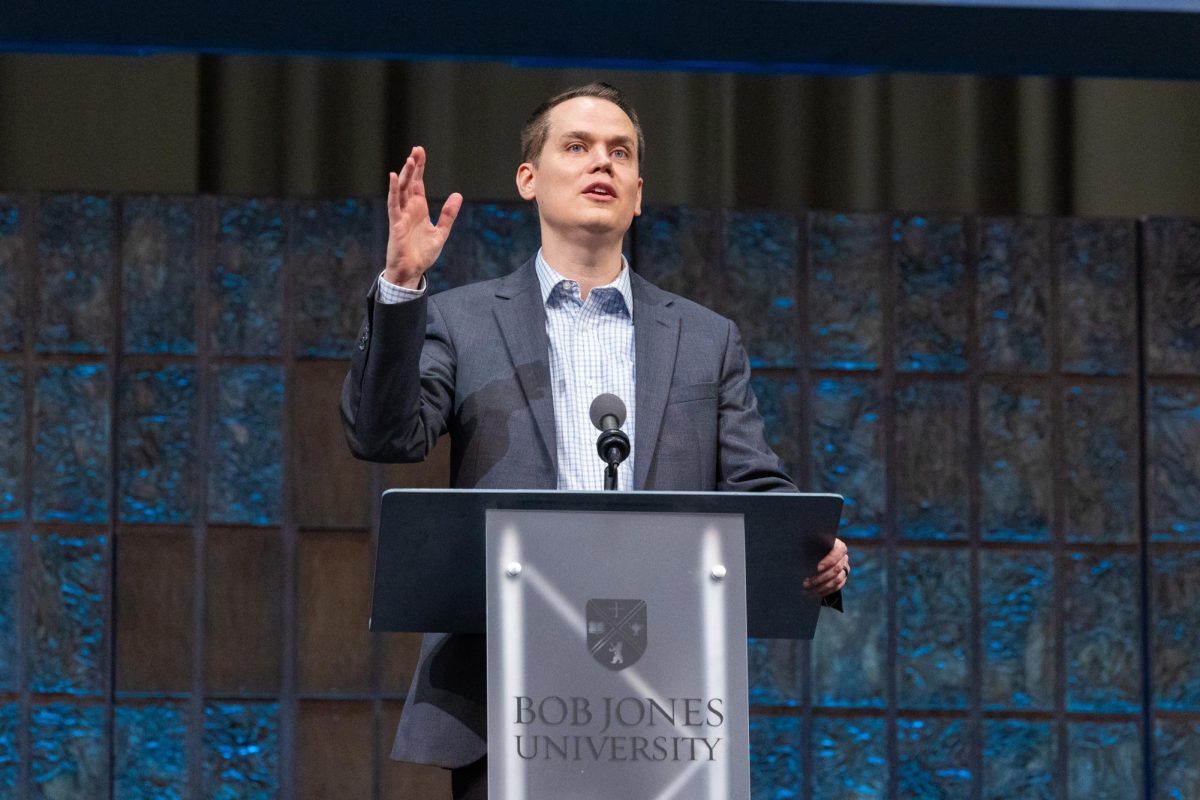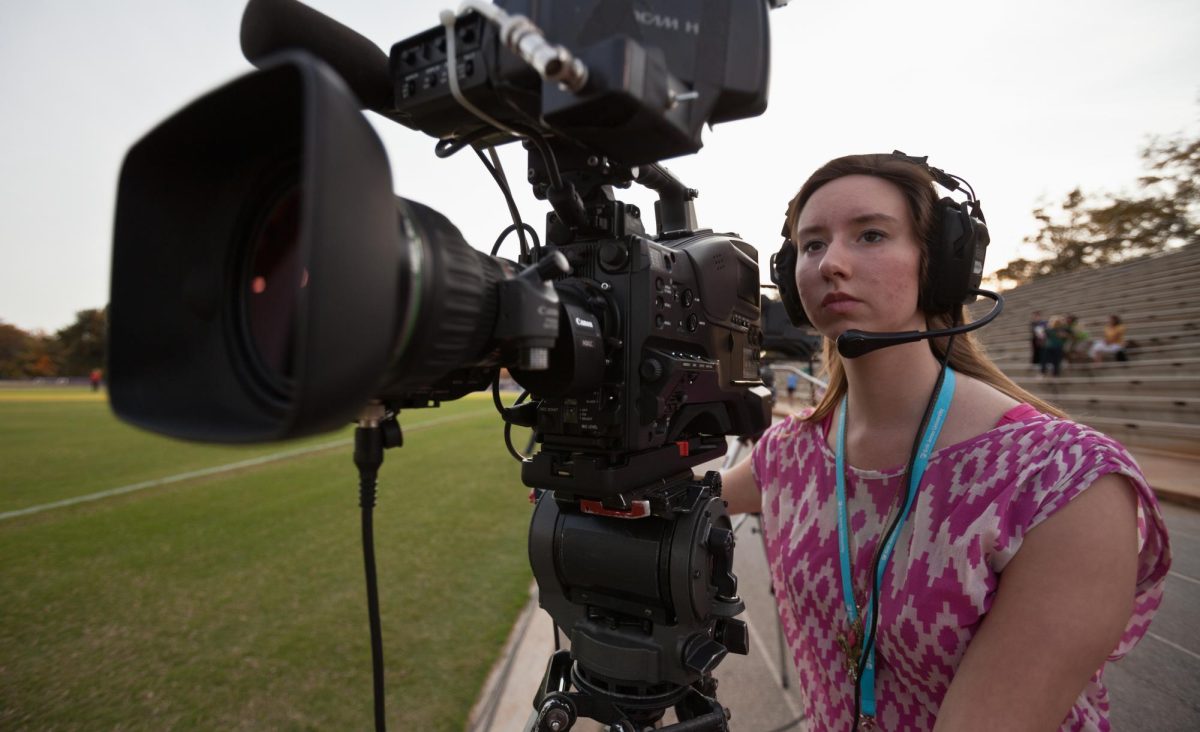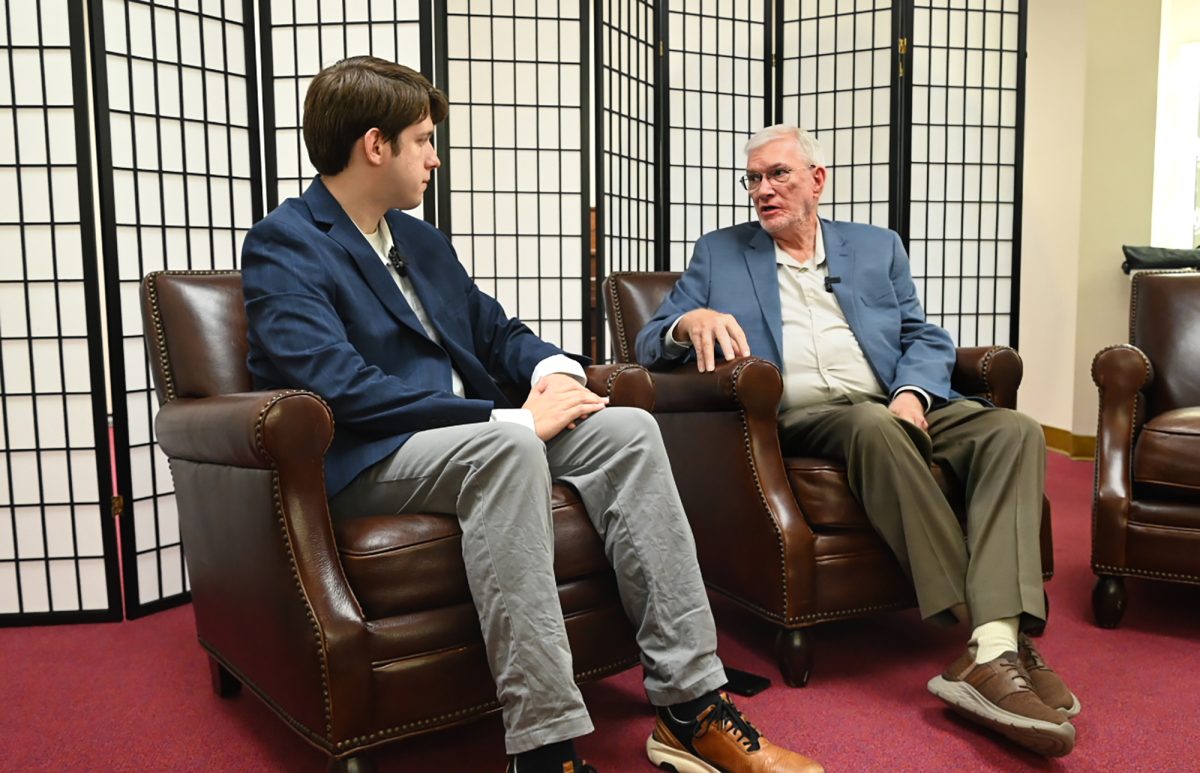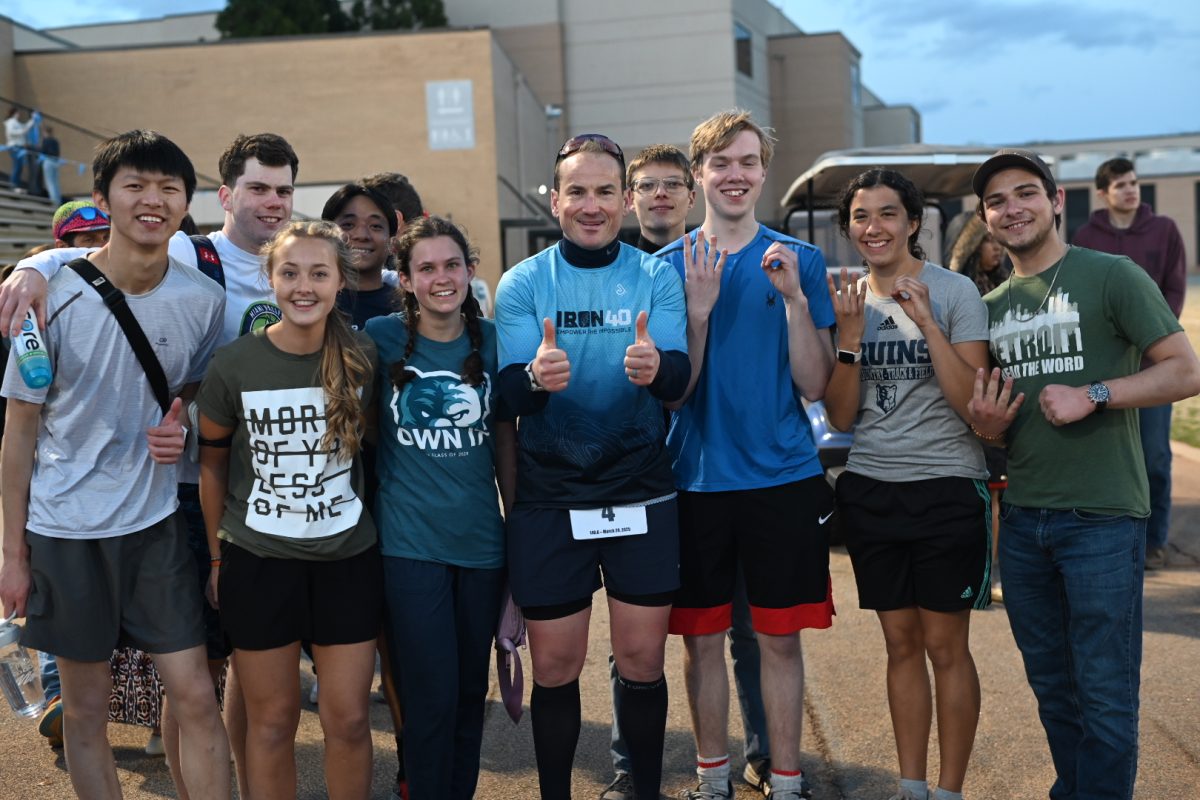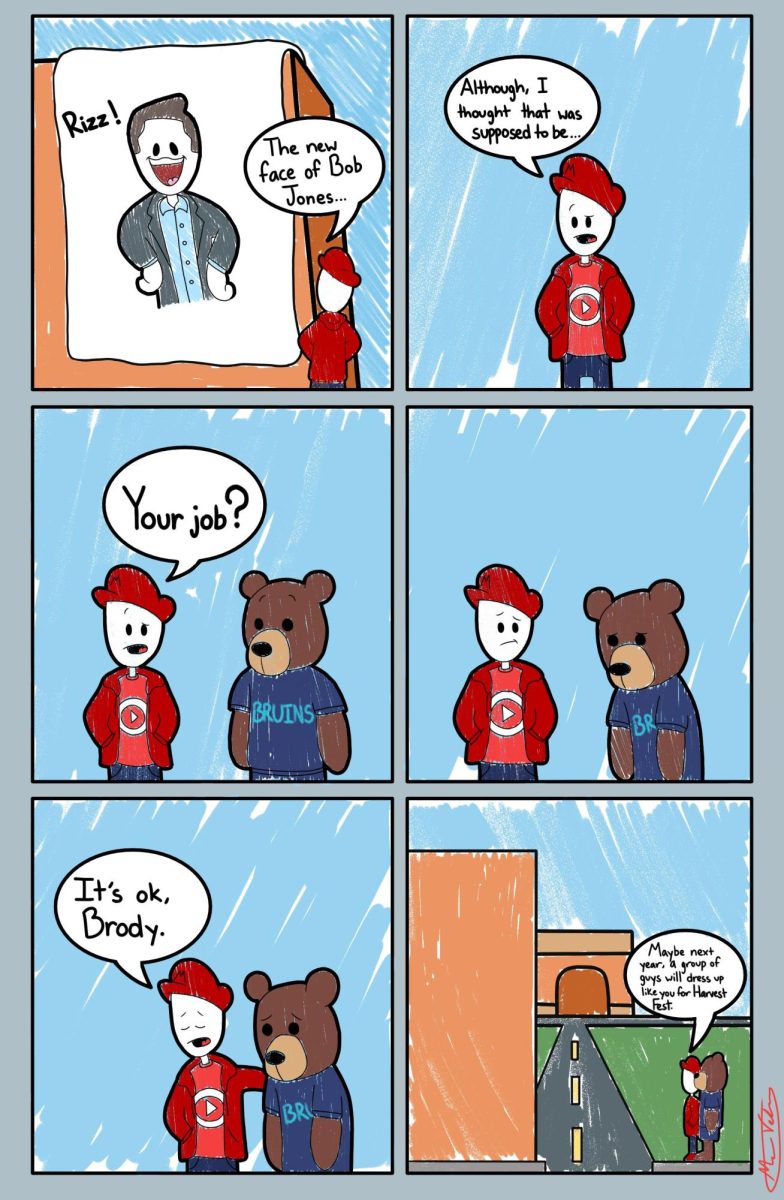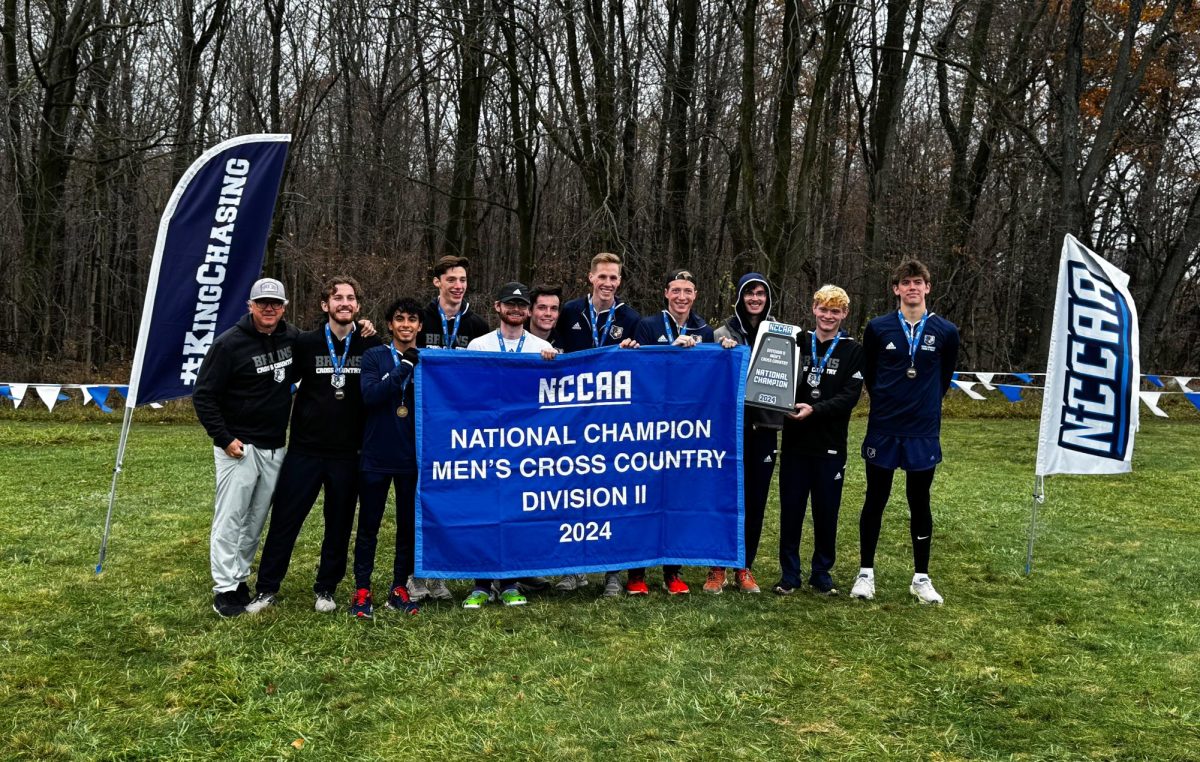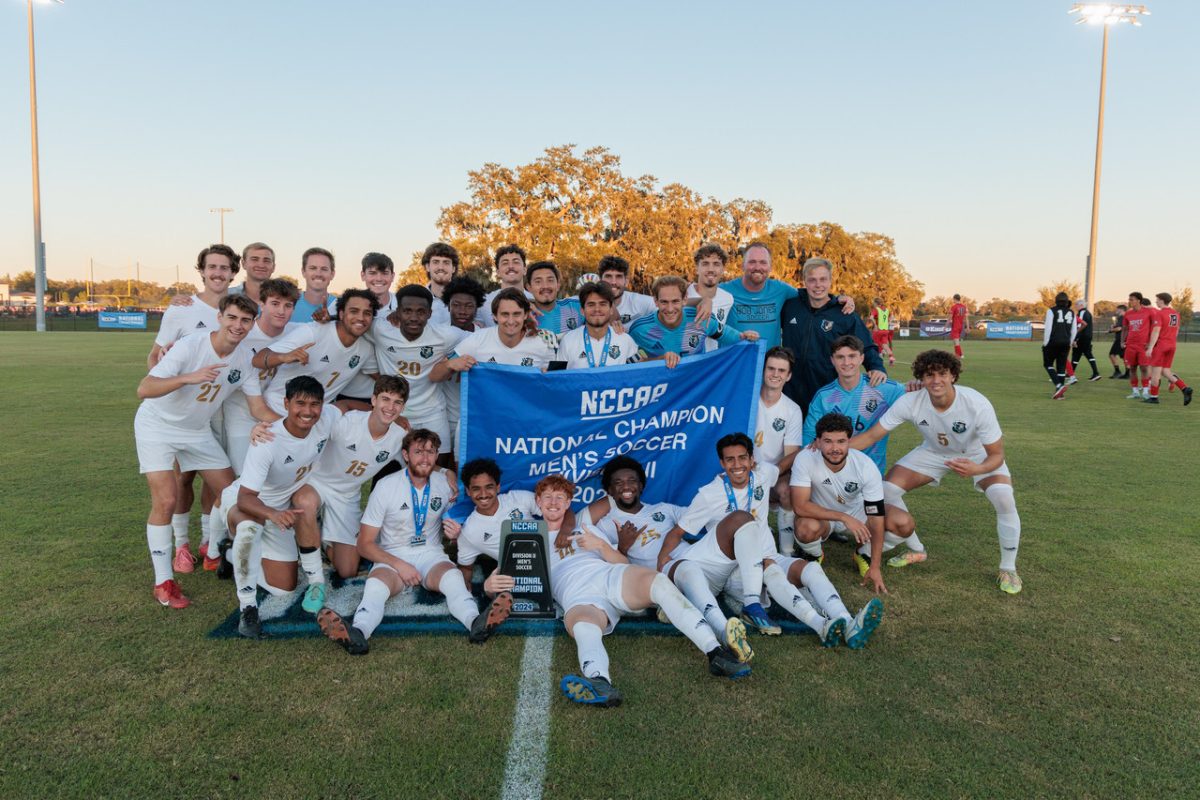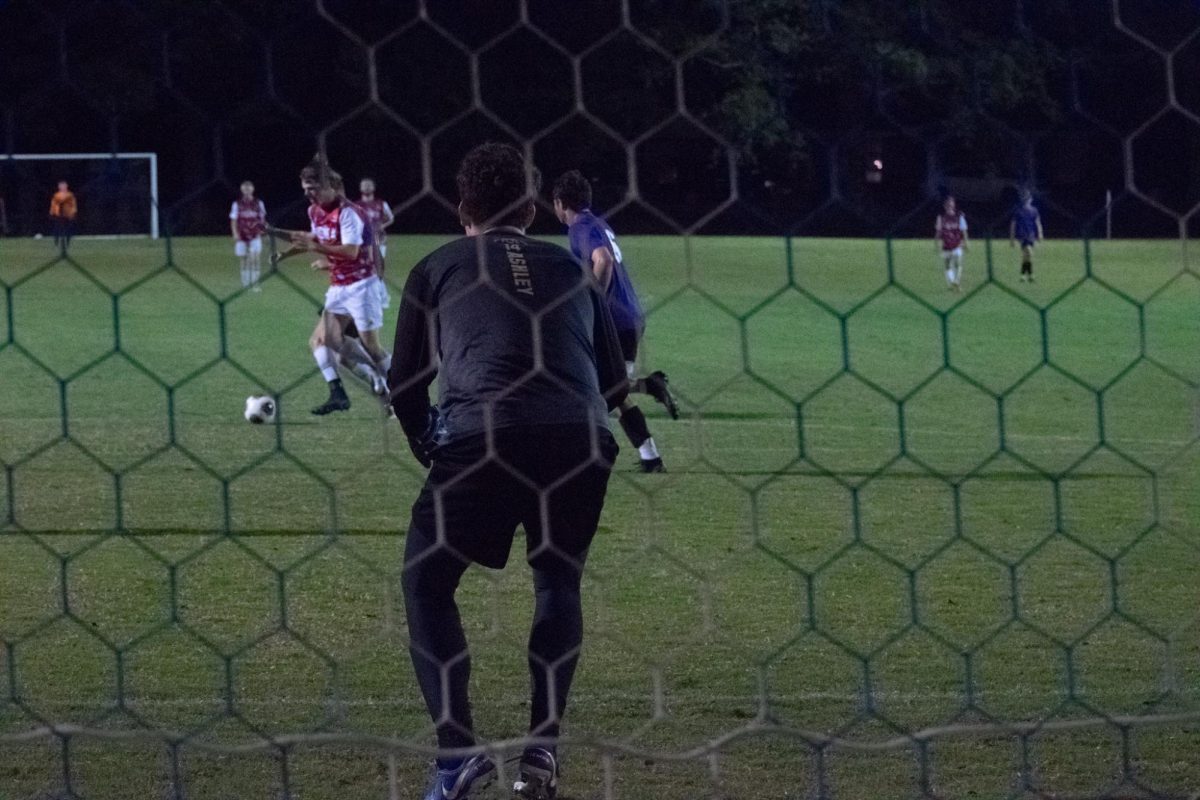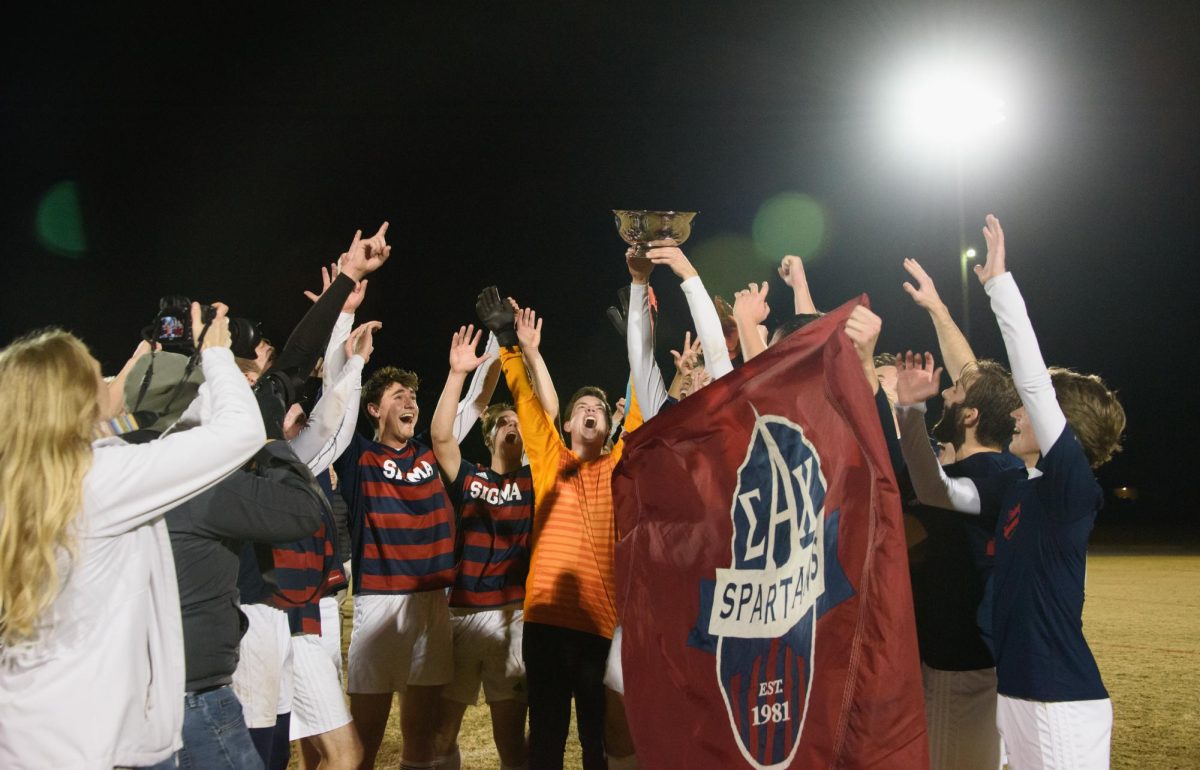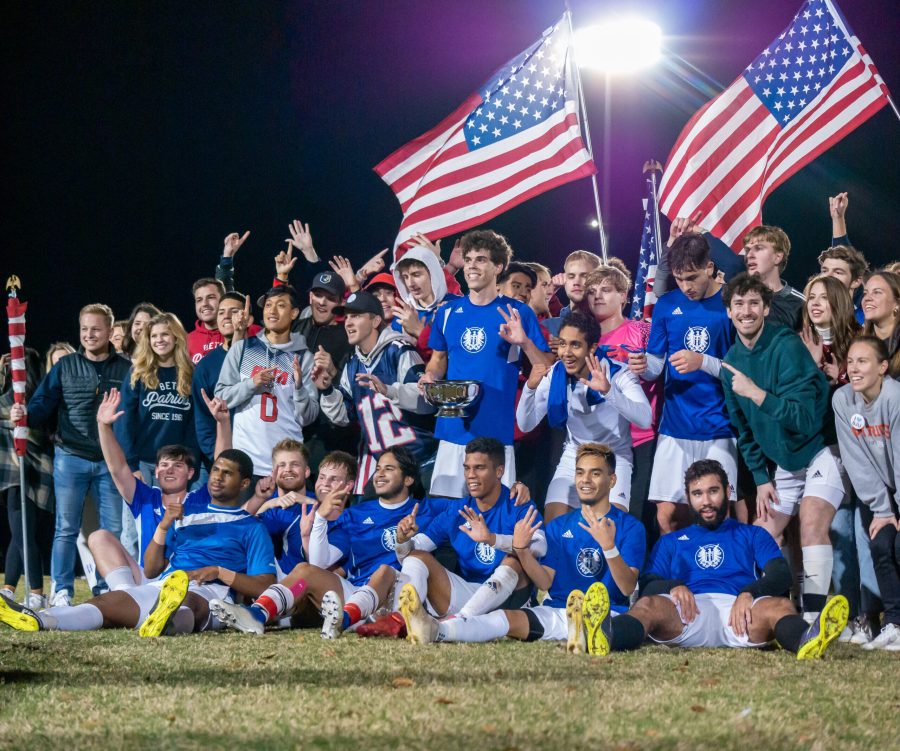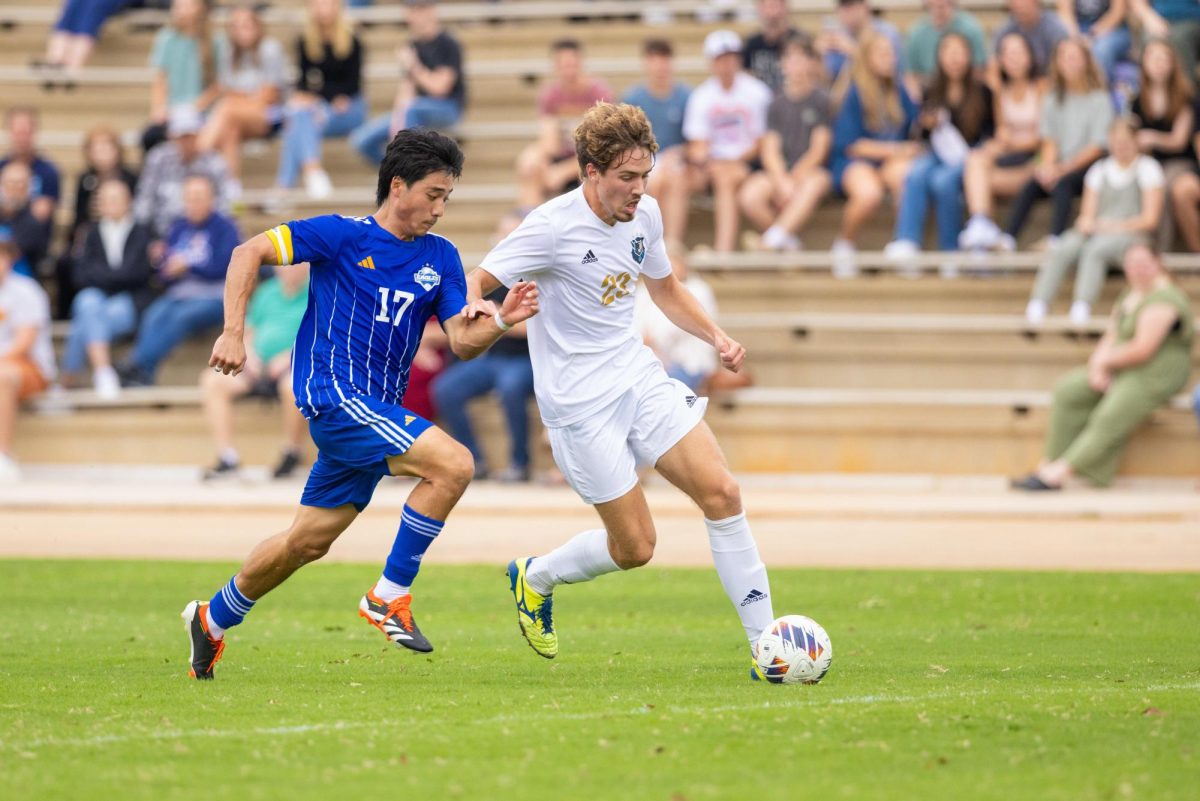 “They get paid HOW much just for playing a game for a living? How come those of us with real jobs don’t even make a fraction of that?”
“They get paid HOW much just for playing a game for a living? How come those of us with real jobs don’t even make a fraction of that?”
All right, let’s just admit it: we’ve all decried the gigantic, fiscally gluttonous monster that is American professional sports. And yes, the revenue gained from sports is, at times, nothing short of obscene, especially to us concerned patriots who sit around and expostulate impending enslavement to our more financially responsible friends in the East and think that we’re more capable of decreasing the jobless rate than President Obama, Mitt Romney, Paul Ryan and Joe Biden combined.
But in spite of how much we complain, we watch and follow sports. Incessantly. Millions of Americans plan their weeks around football games, families use vacation time to follow their favorite MLB team on the road, every 10-year-old YMCA league basketball star is wearing “D-Wades” or “Kobes,” and worker productivity in the cubicle is beaten to death by the iron rod of fantasy sports.
Did the TV ratings dip at all during the NFL’s recent referee lockout, in spite of laughable calls, out-of-control games and head coaches throwing tantrums on the sidelines like toddlers? Nope, not even close.
How about, just for fun, we momentarily entertain the possibility that professional athletes do, in fact, deserve the money they make.
Take the hours, for instance. Starting from the first day of training camp and ending after the last game, an athlete’s life is owned by his organization. He spends his entire life traveling around the country with his teammates, playing a game (or several games) every week, working out, eating what he is told to eat, sleeping when he is told to sleep, answering the inane questions of relentless reporters night and day and going to practice.
Not to mention he has to pay close attention to every little thing he does in public since even the slightest faux pas could lead to a national scandal. Also, he hardly gets to see his family for anywhere from five to eight months. He has to wake up every morning and find the motivation to keep training, keep playing hard, keep up his image and push himself to the limit, even though he would probably rather be at home and not suffering pain in a locker room with 20 other dudes.
There is also the principle of supply and demand to consider. I think we can all agree that the demand for phenomenal athletes is huge. Unfortunately, you can’t find a 6-foot-9-inch guy with a 400-pound bench and a 40-inch vertical leap just anywhere. Therefore, simple business logic would indicate that he has a great earning potential because he is both rare and in high demand.
Lastly, consider all the jobs that professional athletes create. Professional sports arenas sell out to crowds of 30,000 to 90,000 people on average. It takes a huge staff to run one of those places, a ton of security officials and hundreds of vendors. Plus, a venue on that scale is a huge boost to local restaurants, hotels and the economy in general.
Not that what the rest of us merely average human beings do is unimportant. But do thousands of people pay large amounts of money to watch us type, teach or do anything for that matter? Well, no, as much as we might wish they did. Even the referees, often the most hated members of the sports world, deserve their paychecks. I mean, you couldn’t possibly pay me enough to run around a field in tight pants and a zebra shirt in front of 80,000 people, blowing a whistle at a bunch of men seven times my size.
So maybe it would be best to wait and criticize Adrian Peterson’s worth once your own body fat index is below 3 percent, and save your harsh words about Russell Westbrook’s passing game for when your vertical leap is close to 38 inches.
Maybe those guys really do deserve millions of dollars after all. It’s just a thought.












